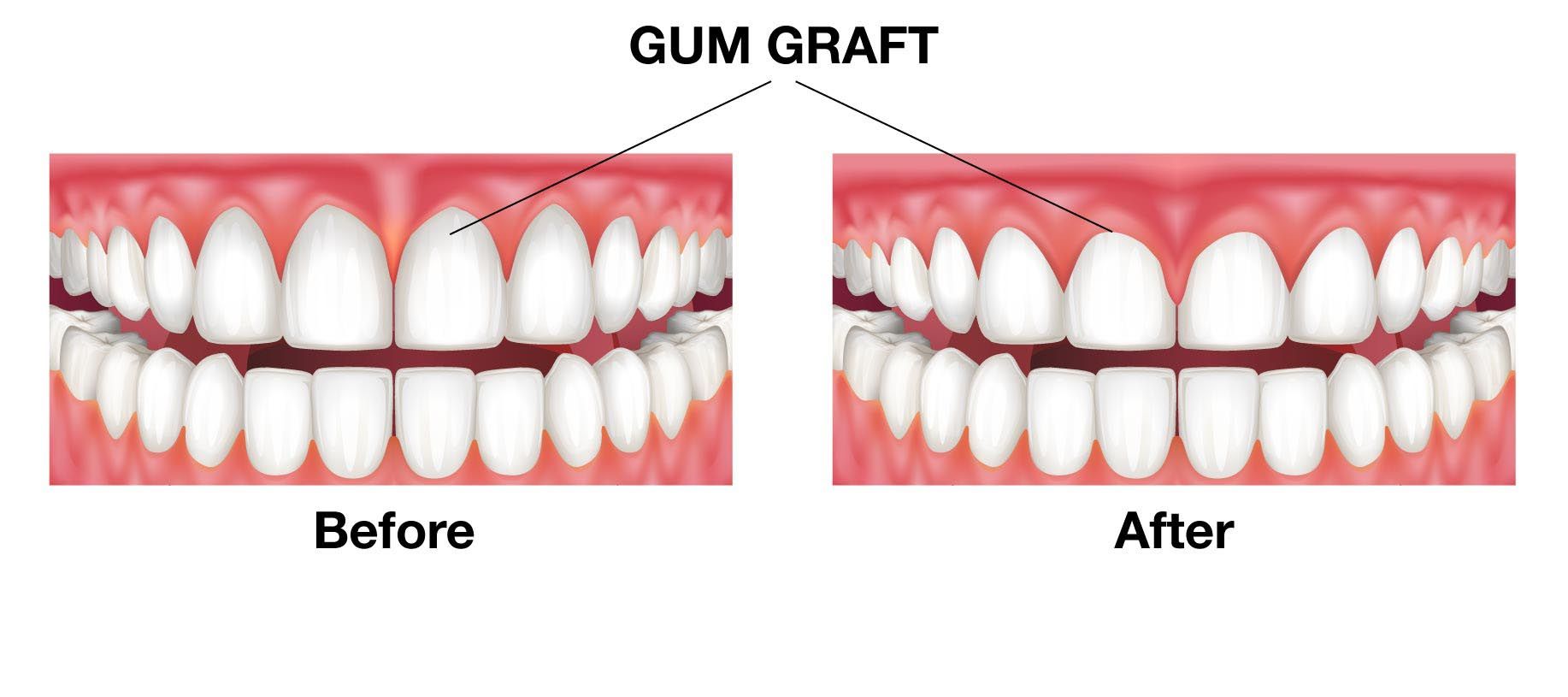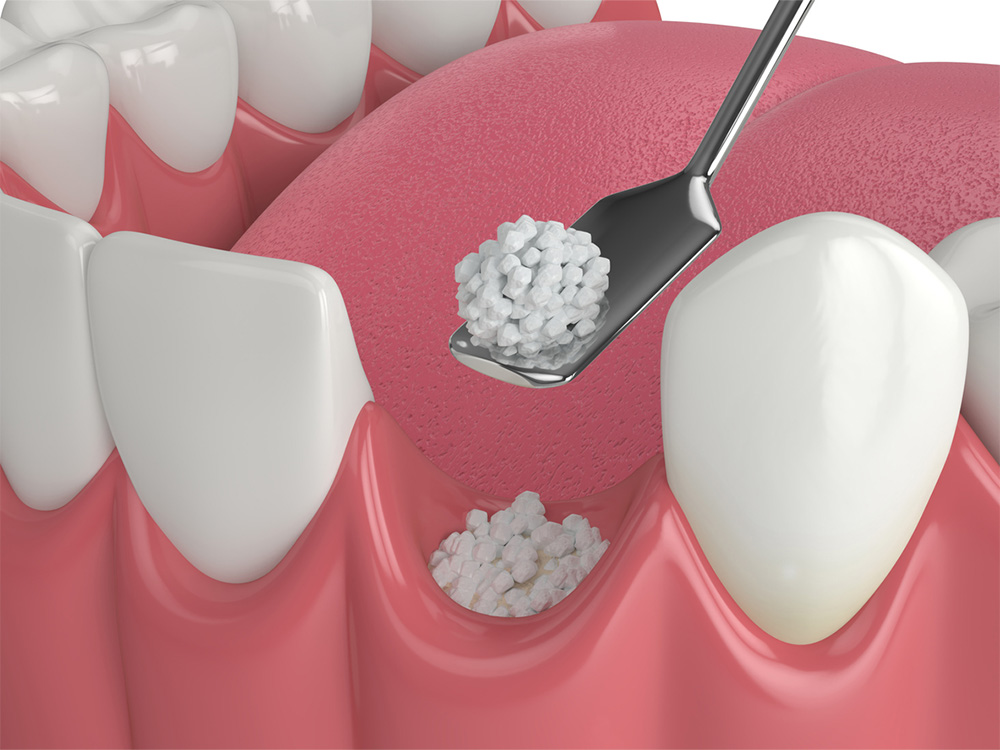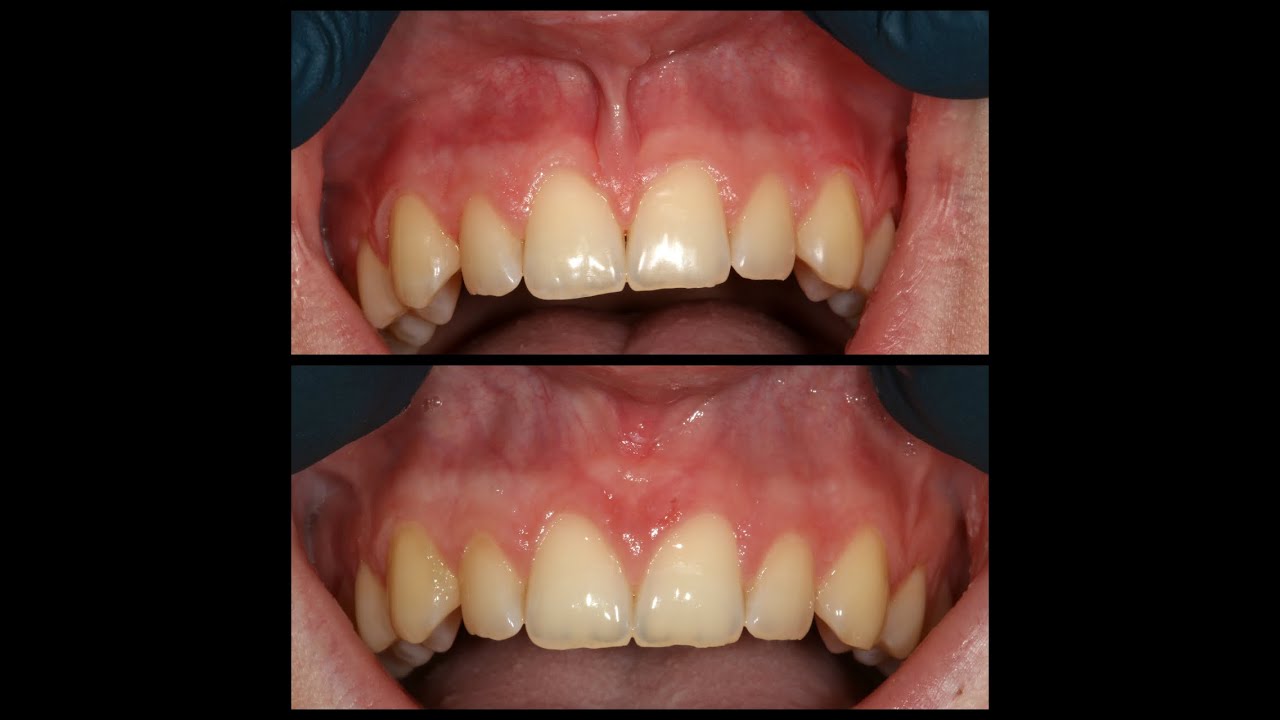How Gum Surgery can Improve Your Smile.
There are various reasons that a patient would choose to have gum surgery. The symmetry of the teeth can change the appearance of the face.
By removing areas of the gum, we can contour around the teeth to give a more appealing appearance to the gums.
Sometimes if patients have a 'gummy' smile, the clinician can remove some of the gum to reveal more of the dentition and improve the smile.



